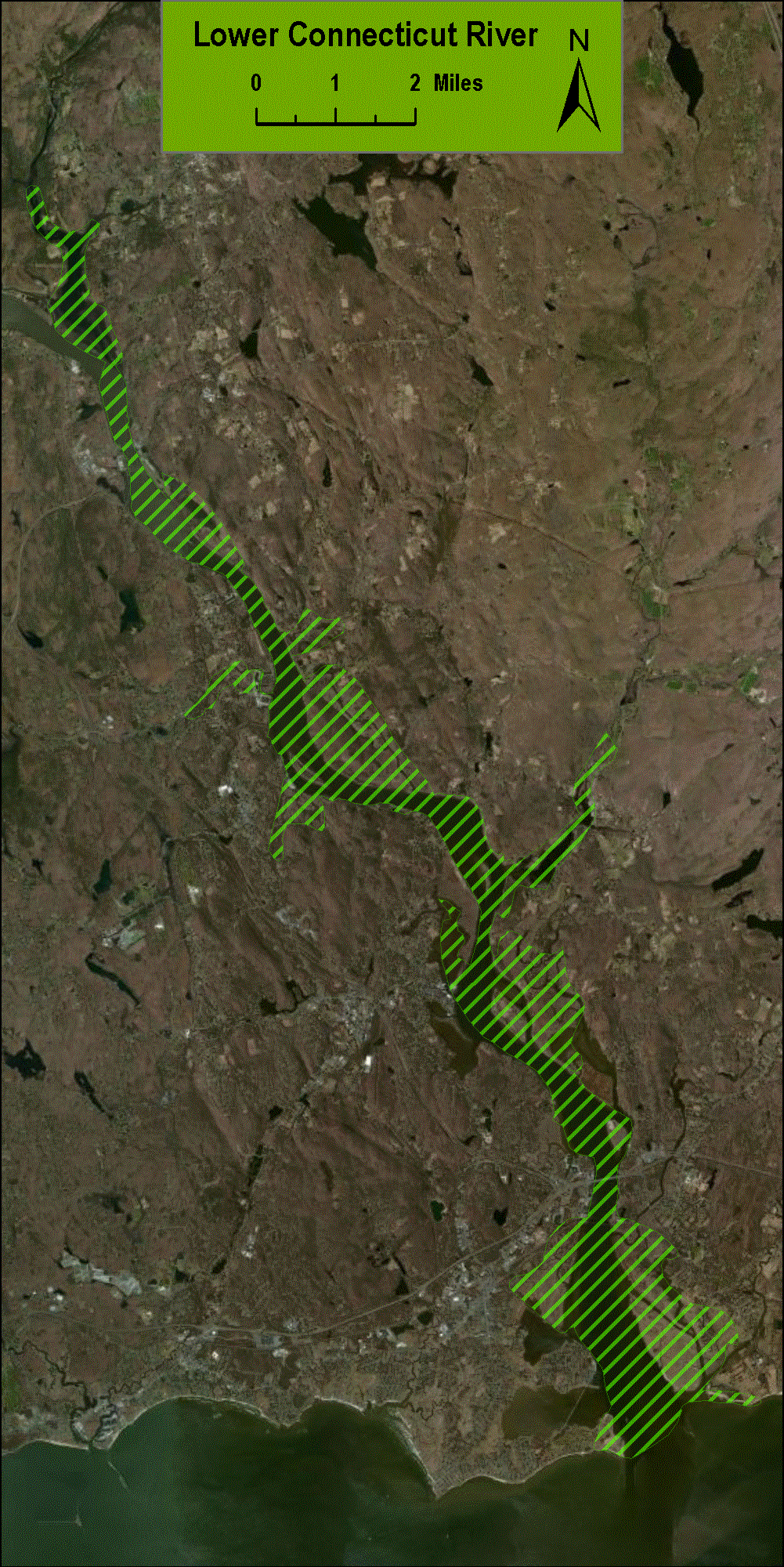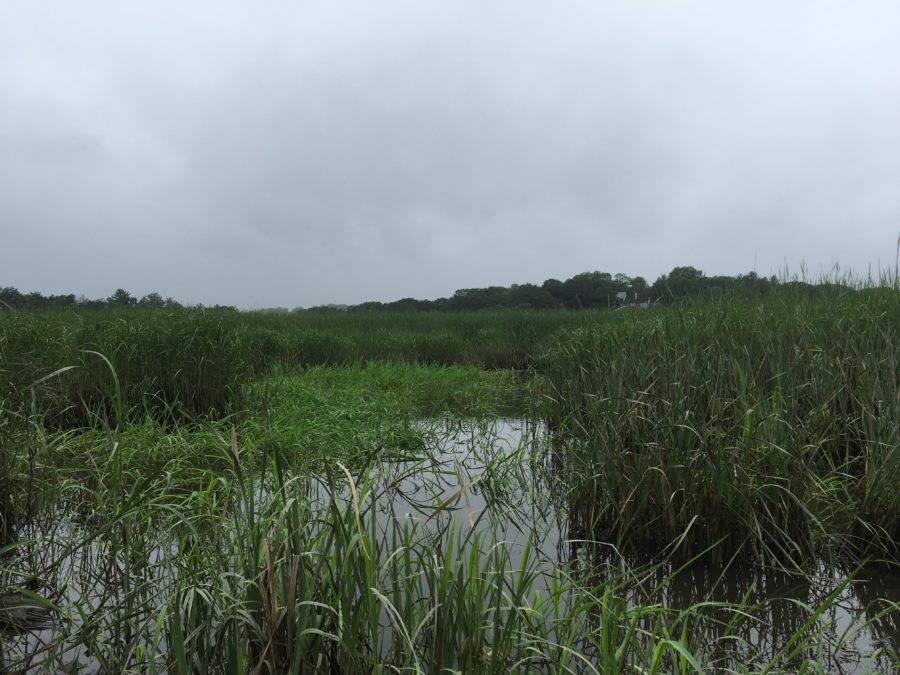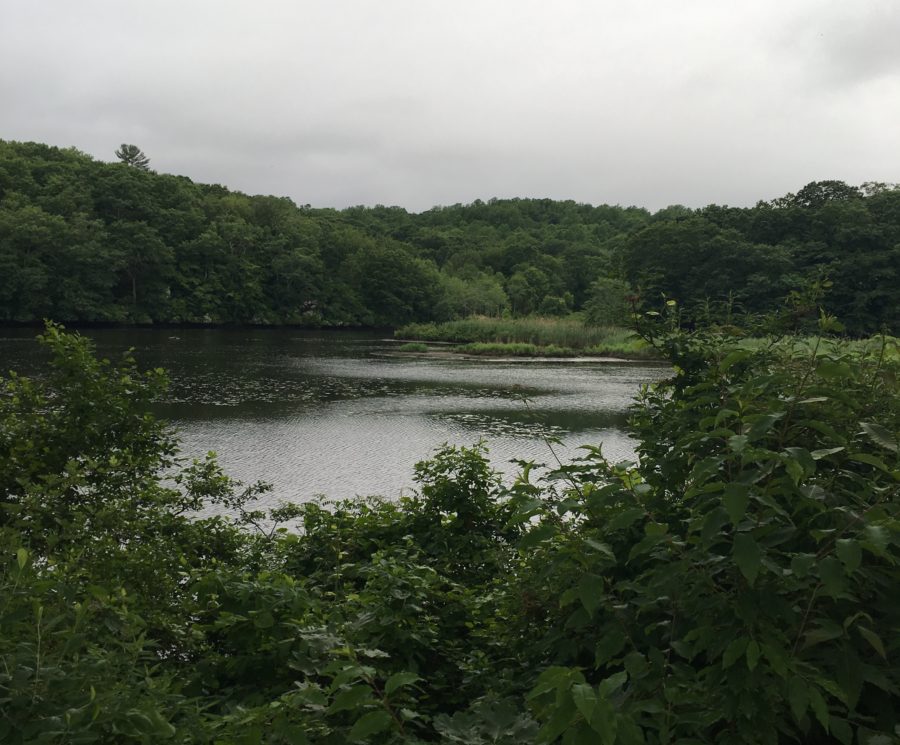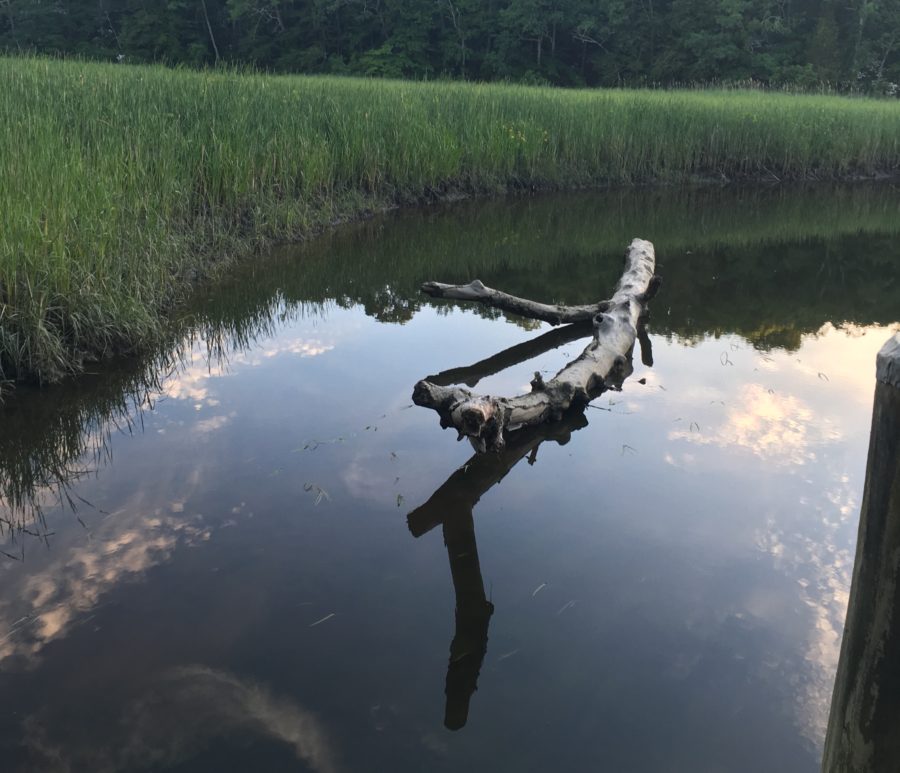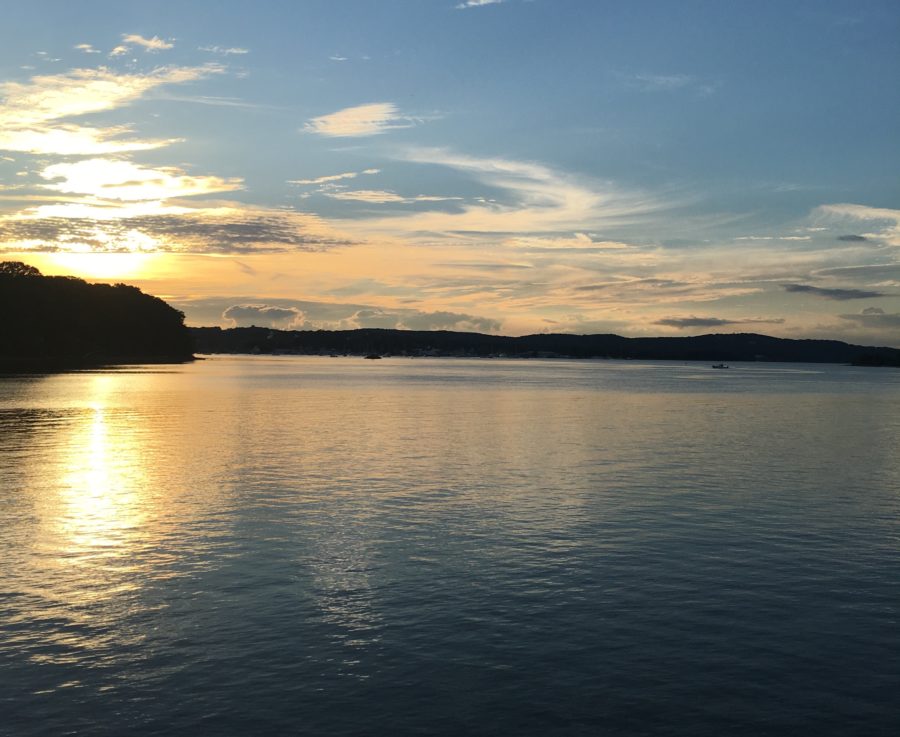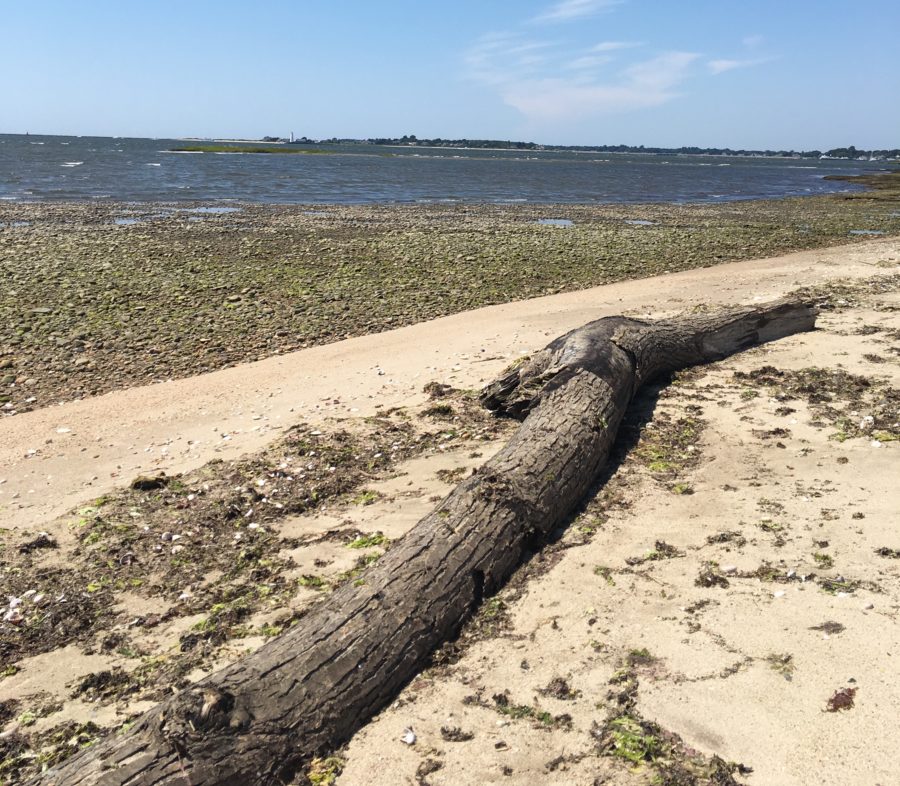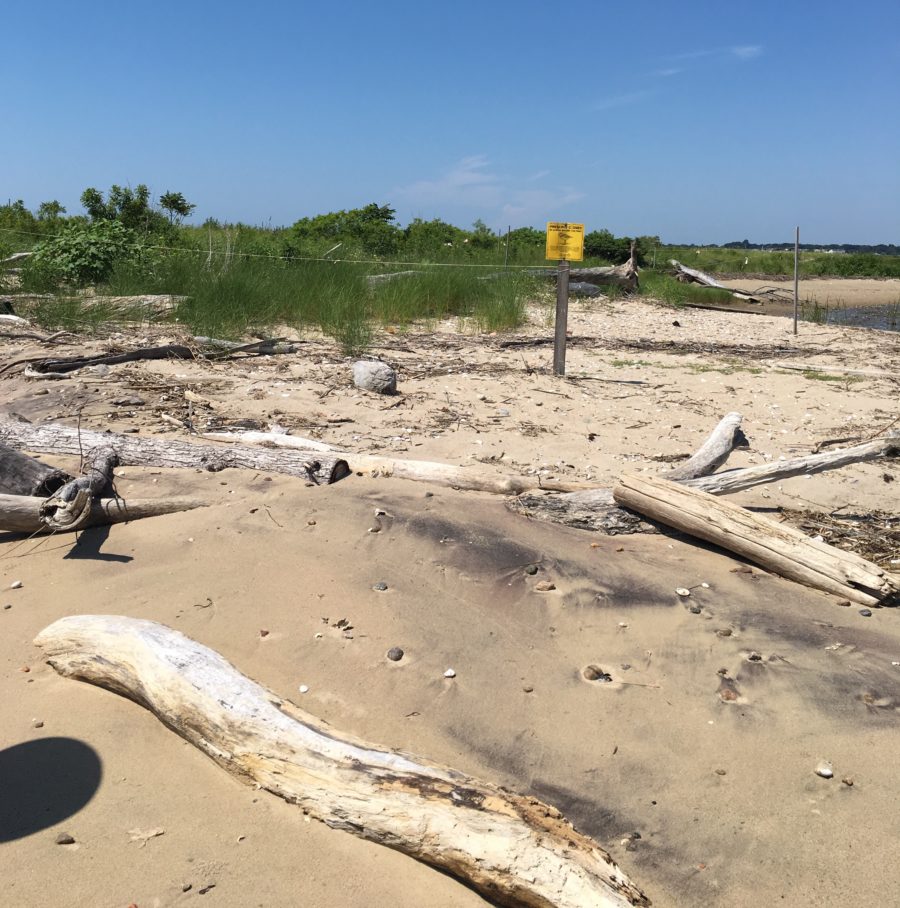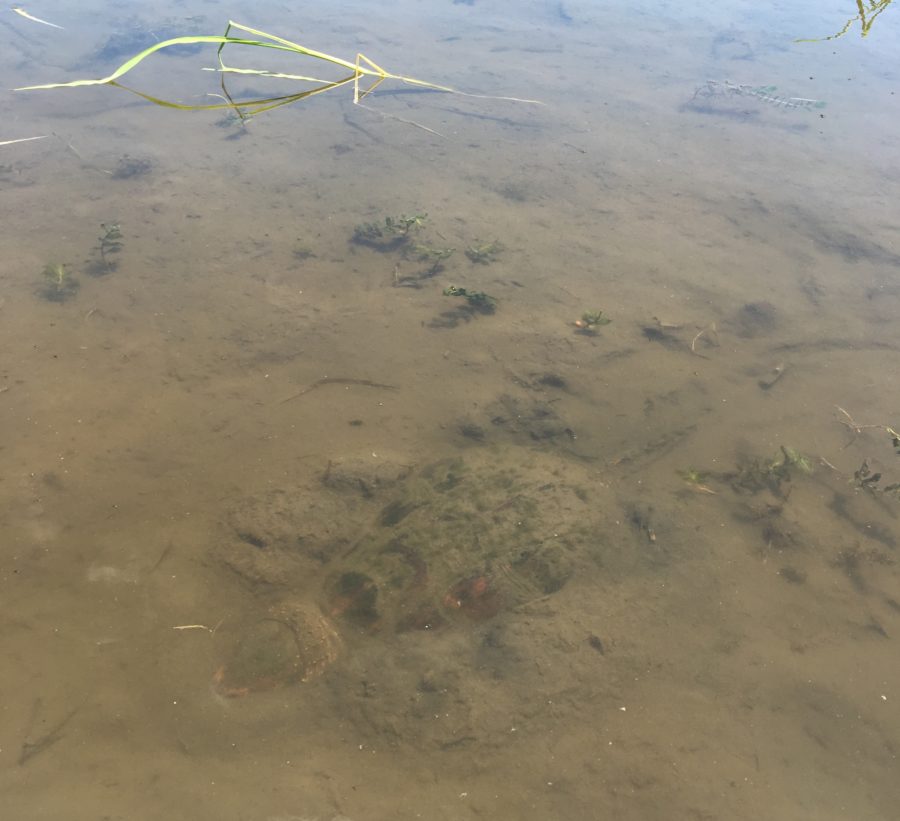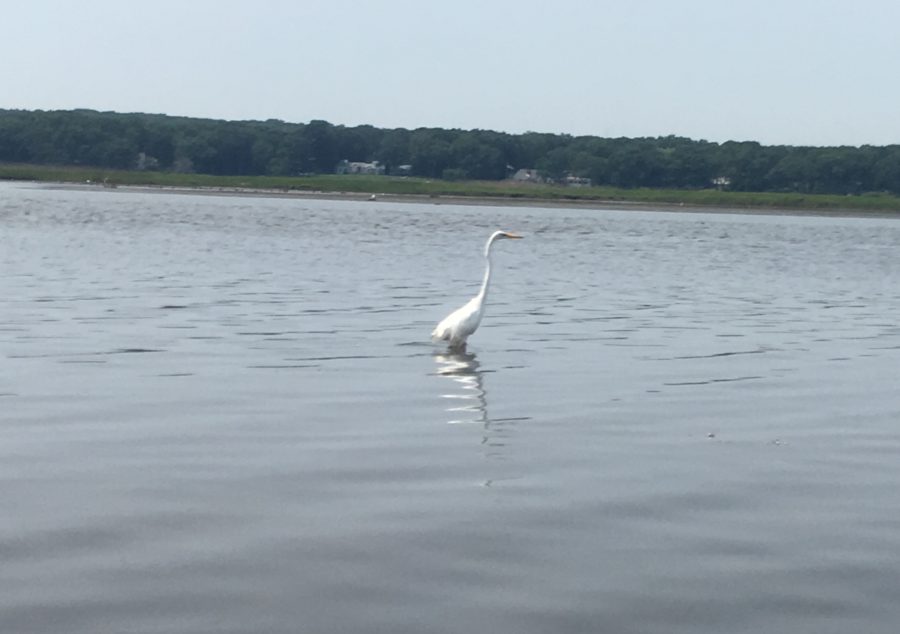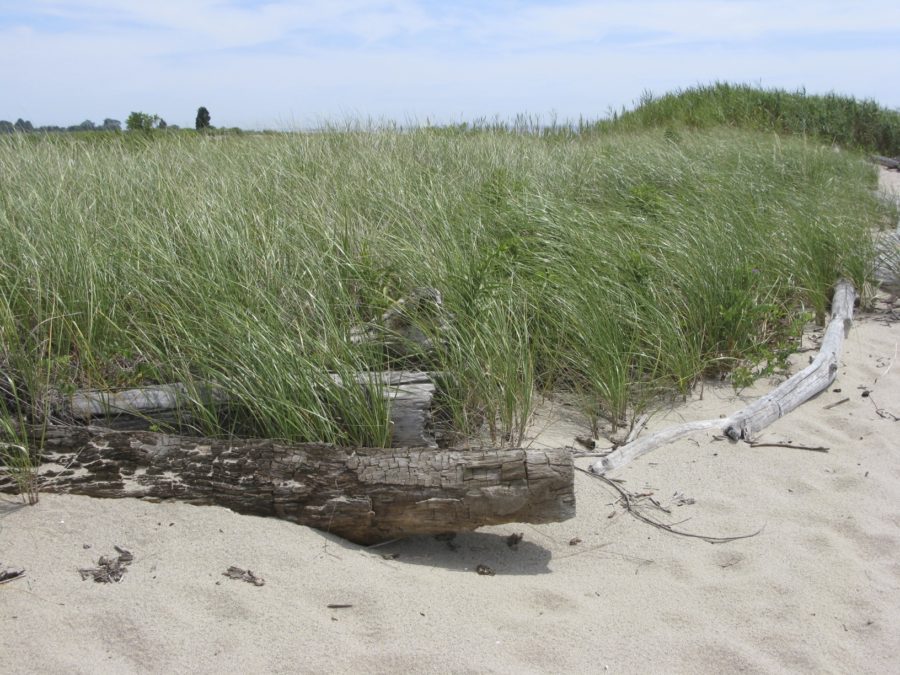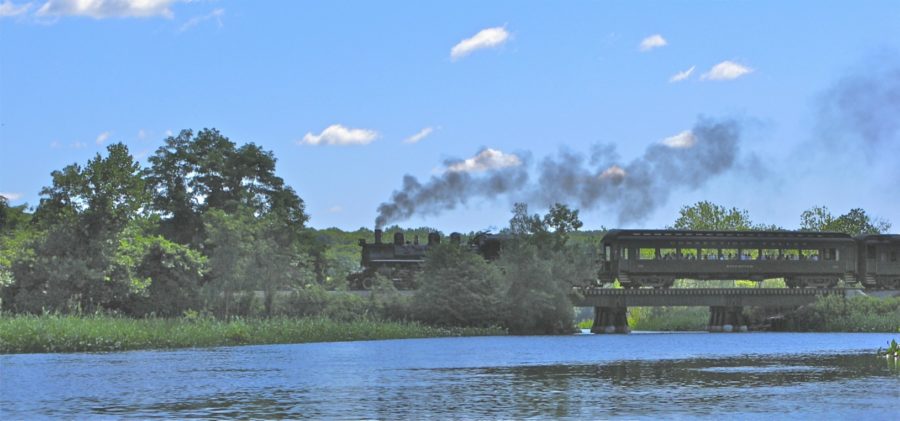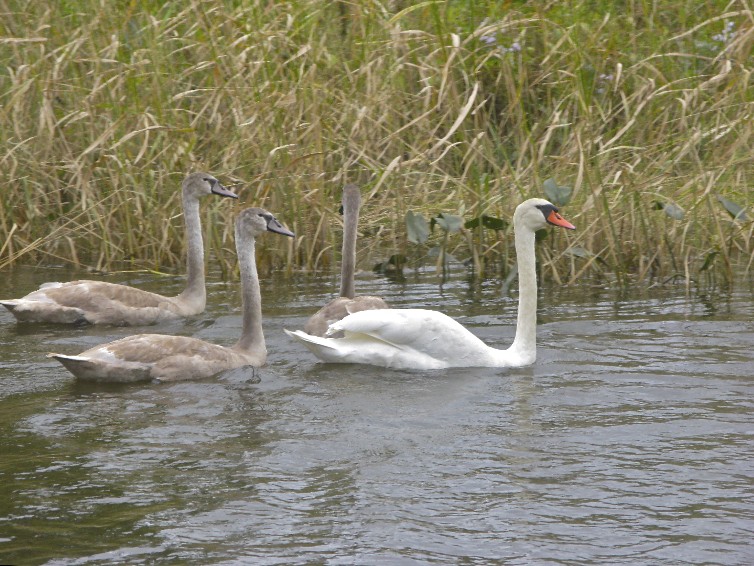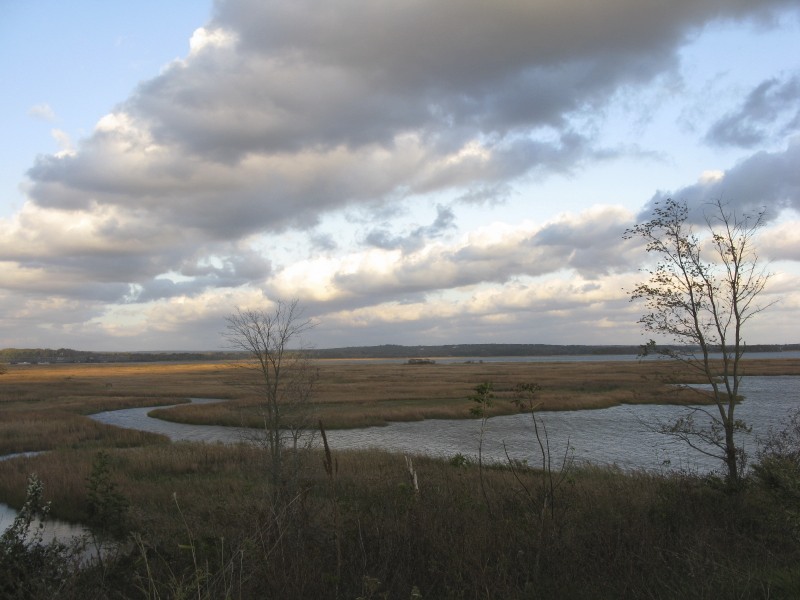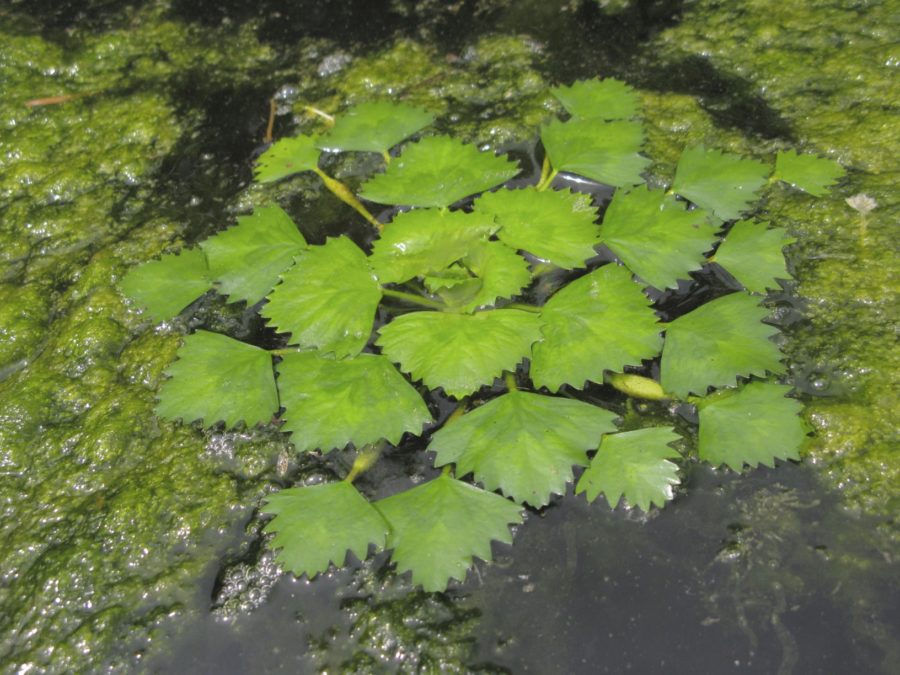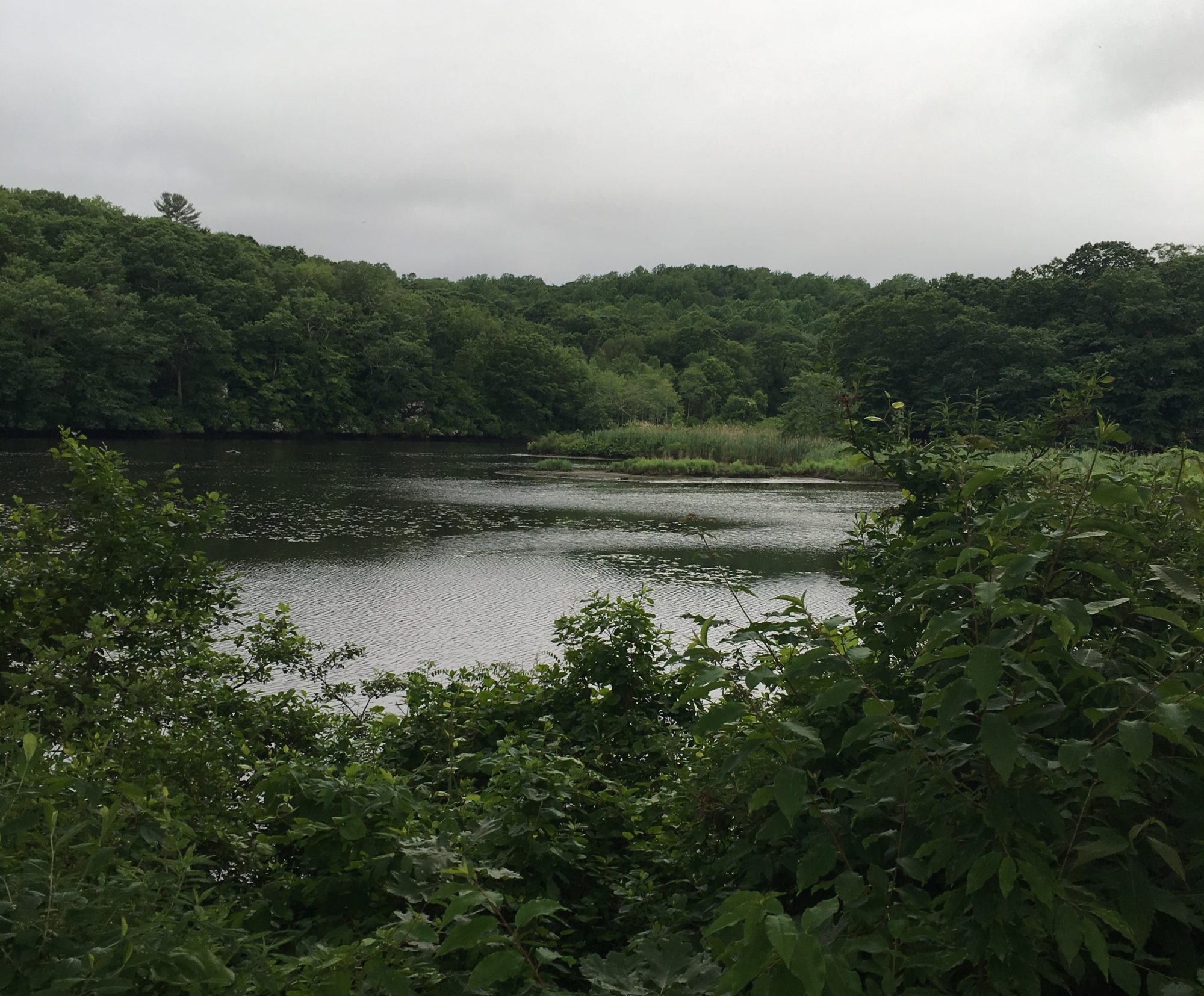Return to Main Stewardship Atlas Page
Lower Connecticut River
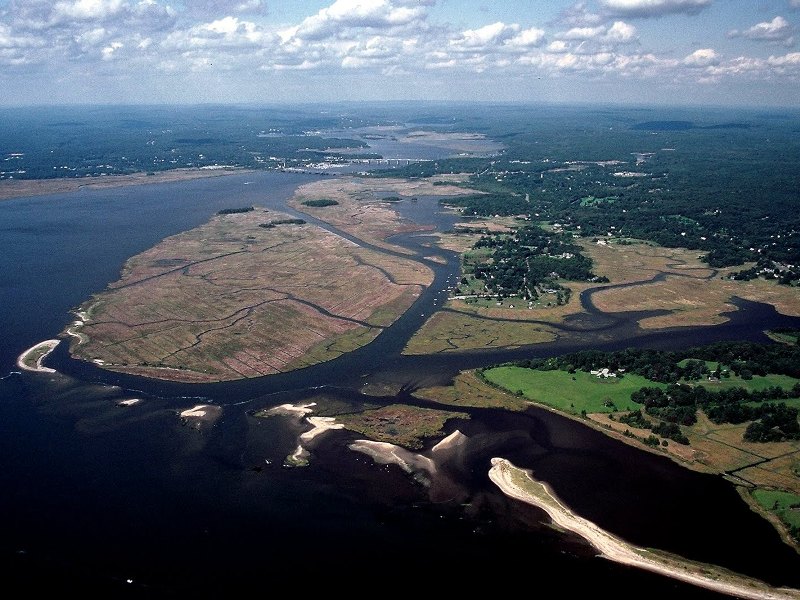
Location
Old Saybrook, Essex, Deep River, Lyme, Old Lyme, Chester, Haddam, East Haddam, CT
Anchor Site(s)
Connecticut River Estuary and Tidal Wetlands Complex
About the Site
The Connecticut River is the longest tidal river in the northeastern United States. With its headwaters in the Connecticut Lakes region of New Hampshire near the Canadian border, it flows for 410 miles before discharging into Long Island Sound. The tidal segment of the river and associated tidal wetlands are a haven for fish, wildlife, and plants including the endangered shortnose sturgeon, American bittern, and Parker’s pipewort. As the only major river in the Northeast without a large port or harbor at its mouth, the Lower Connecticut River remains relatively undisturbed by development and offers of a variety of nature-based outdoor recreational opportunities.
CT Sea Grant biologist Juliana Barrett explores the freshwater, brackish, and saltwater tidal marshes of the Connecticut River and its tributaries, including wild rice growing in Pratt Cove.
- The Lower Connecticut River is recognized as containing “Wetlands of International Importance” under the international Ramsar Convention.
- The Connecticut River has the most extensive fresh and brackish tidal wetland systems in the Northeast.
- The Lower Connecticut River is part of a massive 7.2-million-acre watershed, stretching 410 miles from the Canadian border to Long Island Sound.
- Its habitats provide vital breeding, foraging, resting, and migratory pathways for rare and diverse bird species. Prominent species include the American black duck, mallard, mute swan, Virginia rail, piping plover, osprey, snowy egret, and bald eagle.
- It also contains the highest fish diversity in the region with 78 species, including Atlantic salmon, American shad, largemouth bass, winter and summer flounder, channel and white catfish, and the endangered shortnose and Atlantic sturgeon.
- Parts of the Lower Connecticut River Stewardship Area have been nominated as the location for Connecticut’s first National Estuarine Research Reserve (NERR). View a map of the proposed site here.
- In recent years, two highly invasive types of aquatic vegetation called water chestnut and hydrilla have begun overtaking native vegetation in the river.
- Spend a relaxing day in Old Lyme at the CT DEEP Marine Fisheries boardwalk where you can fish for striped bass, bluefish, summer flounder, and northern pike.
- Explore the marshlands up close by embarking on one of the dozens of scenic hiking trails in the region.
- Observe birds and wildlife by canoeing or kayaking through the marshlands; the shoreline is spotted with car-top boat launches, listed in the CT Coastal Access Guide.
- Board the historic Essex steam train for an iconic view of the river by land and water, riding the train north to Haddam and then boarding a steamship for the return journey.
- Enjoy a boat ride on the Connecticut River, complete with a lively narrative of the region’s biological and cultural resources, aboard the RiverQuest, which leaves from Haddam.
- Visit the viewing platform at CT DEEP’s Marine Headquarters to see large concentrations of migrating osprey in April and October.
- Read about a National Trails Day hike at The Nature Conservancy’s Griswold Point Preserve. Contact the CT Forest and Parks Association in June to participate in the event.
- Connecticut River Flow Restoration Study Report
Read through the Connecticut River Flow Restoration report from 2018 which examines the flow of the river. Currently, there are over 3,000 dams along the Connecticut River and its tributaries, which can impact the flow and the ecosystem of the river. The study suggests possible management options to remedy the negative impacts. - Connecticut River Gateway Commission
The Gateway Commission is committed to preserving the Lower Connecticut River’s natural and traditional riverway scene by protecting the ecological, historic, and scenic resources of the river. The mission statement is an excellent overview of the biggest threats to the river and the various methods used to address them. - Living Resources and Habitats of the Lower Connecticut River
A print edition is available at AbeBooks or download a digital version at the Connecticut College Arboretum bookstore. - Silvio O. Conte National Fish and Wildlife Refuge
Since 1997, the Silvio O. Conte Refuge has helped preserve the biodiversity of the Lower Connecticut River. Its website provides great resources for education (teachers and kids alike), volunteering, events, and invasive species management.
- The Florence Griswold Museum holds one of the most prominent collections of American impressionism in the country. It features major works by artists including Childe Hassam, John Henry Twachtman, and Willard Metcalf. Many of the iconic landscapes portrayed in these paintings can be seen in person just as the artists once viewed them.
- The Connecticut River Museum hosts a wide range of programs from river exhibits to model submarines and even interactive Life at Sea programs. For a close experience of the Connecticut River, check the events calendar for river cruises, eagle-watch boat tours, and guided paddles.
- The Roger Tory Peterson Estuary Center, a branch of the Connecticut Audubon Society, is an environmental education center that hosts a variety of programs for schools, as well as for the public. Check their events page for birding trips, presentations, and other exciting outings.
- Use the Connecticut Coastal Access Guide to find featured tables of recreational activities in the towns surrounding the Lower Connecticut River: Old Lyme, Old Saybrook, Essex, Lyme, and Deep River.
- A collection of maps compiled by the Connecticut River Watershed Council show boating access points, detailed sections, and broad overviews of the entire Connecticut River watershed.
- Take a look at the Connecticut River Conservancy’s guide on hydrilla and water chestnut, which details what you can do if you see them growing in the river.
- Some parts of the beaches are only privately accessible, while others are closed off seasonally to respect bird nesting habitats. Signage is available to make this clear.
- The Connecticut River can flow quite fast—always be aware of your surroundings and take precautions when swimming or boating.
- Connecticut River Flow Restoration Study. Umass.edu/necsc/sites/default/files/tnc_CT%20River_Report_0.pdf. University of Massachusetts. Web. July 19, 2021.
- Connecticut River Region. Nature.org/en-us/about-us/where-we-work/priority-landscapes/connecticut-river-region/. Nature Conservancy. Web. June 24, 2021.
- Hydrilla in the CT River Watershed. Ctriver.org/get-involved/stopping-an-invasive-species-water-chestnut-2/hyrilla-in-the-ct-river-watershed/. CT River Conservancy. Web. June 24, 2021.
- Protecting the Character of the Lower Connecticut River, The Gateway Comission’s Mission. Portal.ct.gov/-/media/DEEP/coastal-resources/coastal_management/gatewaycommissionmissionpdf.pdf. CT DEEP. Web. June 24, 2021.
- Water Chestnuts in the CT River Watershed. Ctriver.org/get-involved/water-chestnuts-in-the-ct-river-watershed/. CT River Conservancy. Web. June 24, 2021.
